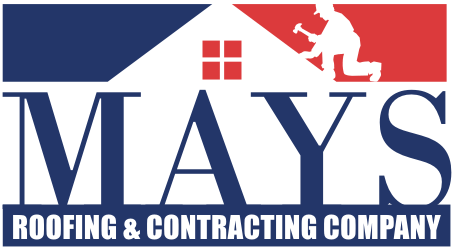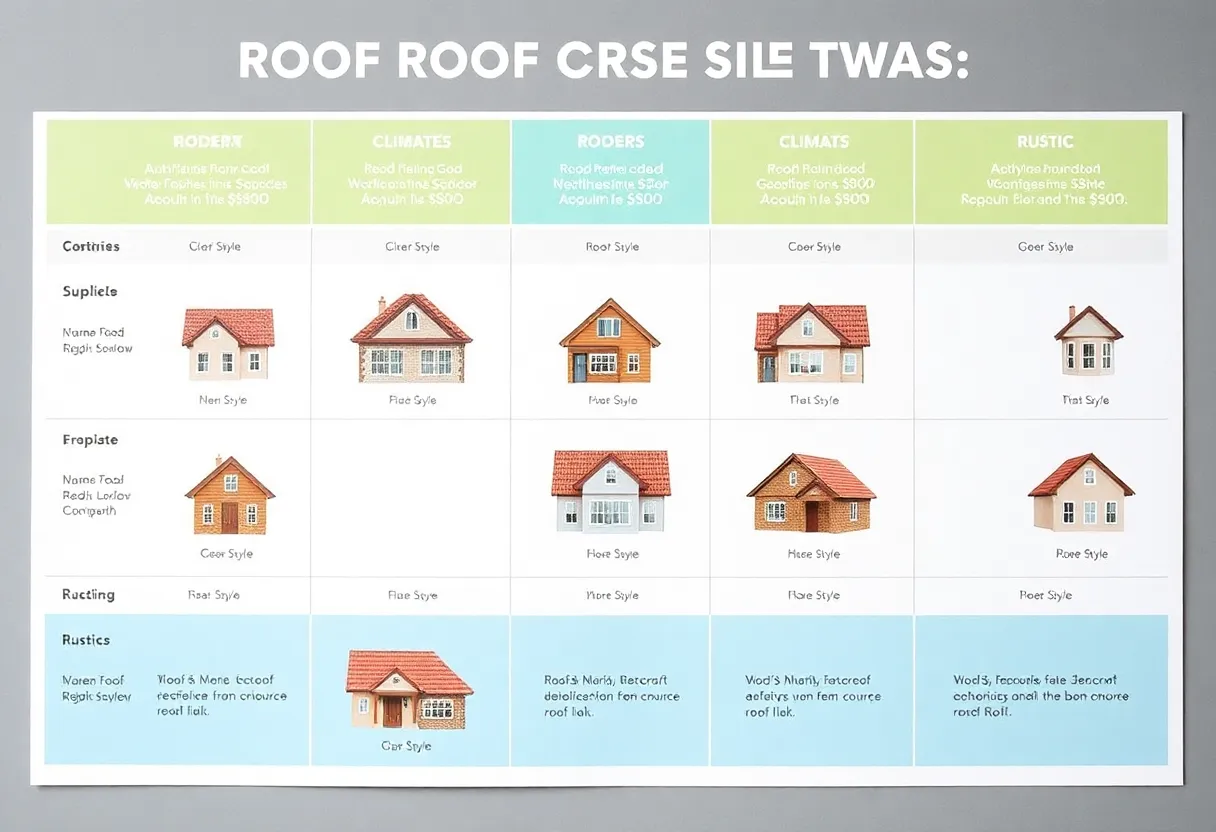How to Choose the Right Roof Style for Your Home’s Climate and Aesthetic
The roof of your home is not just a protective shield; it significantly influences the overall aesthetic appeal and functions within the built environment. Choosing the right roof style involves understanding various factors, including climate, architectural style, energy efficiency, and materials. Here’s a comprehensive guide to help you make an informed decision.
Understanding Climate Considerations
The climate in your area is a primary factor influencing the type of roof you should choose. Different roof styles have unique performance characteristics that make them suitable for specific weather conditions.
Cold Climates
- Sloped Roofs: Steeply pitched roofs, such as gable or hip roofs, are ideal for areas experiencing heavy snowfall. The slope allows snow to slide off easily, reducing the weight and potential damage to the structure.
- Insulation: Ensure that the roofing system provides significant insulation, helping maintain warmth in winter. Roofs with an attic space can contribute to better insulation.
Hot Climates
- Flat or Low-Pitched Roofs: In arid or semi-arid regions, flat roofs can help facilitate evaporation and keep homes cooler. Adding a reflective coating can manage heat absorption, reducing cooling costs.
- Roof Color: Lighter colors reflect more sunlight, helping to reduce heat absorption, making it ideal for hot climates.
Rainy and Humid Climates
- Metal Roofs: Metal roofing materials are highly effective in areas with heavy rainfall. They offer excellent water drainage and longevity.
- Overhangs: Roof styles with significant eaves help direct water away from the sides of the house, reducing the risk of mold and decay.
Windy Conditions
- Low-Profile Roofs: Roofs such as hip roofs are more aerodynamic and can withstand high winds better than steeply pitched roofs.
- Material Selection: Durable roofing materials, such as concrete tiles or metal, help resist wind damage.
Aesthetic Considerations
While functionality is crucial, the visual aspect of your roof should also align with your personal preferences and the architectural style of your home.
Traditional Styles
- Gable Roof: This classic roof style features two sloping sides. It works well for various architectural designs and can add a charming, homey aesthetic.
- Hip Roof: With four sloped sides, this design offers a refined look and better wind resistance.
Modern Styles
- Flat Roofs: Common in contemporary architecture, these roofs create a sleek profile. They are often utilized for rooftop gardens or terraces.
- Shed Roof: A single sloped roof is characteristic of modern and minimalist homes, providing a unique architectural statement.
Chalet and Rustic Styles
- Saltbox Roof: This asymmetrical roof design has gained popularity in rustic architecture, adding character to homes.
- Thatched Roofs: Although less common, they offer a unique aesthetic in specific regions, particularly in rural or historic settings.
Energy Efficiency
Energy efficiency is an essential aspect of roof selection, which impacts long-term costs and sustainability.
Insulation Performance
- Reflective Roofs: Materials that reflect sunlight can significantly reduce cooling costs in warmer climates.
- Green Roofs: These systems can enhance insulation and improve water management while providing outdoor spaces for homeowners.
Material Selection
- Shingles: Asphalt shingles are common due to their affordability and relative ease of installation. However, they can be less energy efficient compared to more advanced materials.
- Metal Roofing: Highly durable and energy-efficient, metal roofs can reflect heat and reduce cooling costs.
- Tile and Slate: These materials not only enhance aesthetics but also offer excellent insulation properties.
Budget Considerations
Your budget will significantly affect your roofing decisions. Roofing costs can vary widely based on material type, style, and installation expenses.
Cost of Materials
- Asphalt Shingles: The most budget-friendly option, typically costing less than other materials.
- Metal Roofing: Initial costs may be higher but offer longevity and energy savings.
- Clay or Concrete Tiles: While aesthetically pleasing, these materials can be on the expensive side.
Installation and Maintenance Costs
- Labor Cost: Skilled labor can be expensive; complex roof styles may require more installation time and expert workmanship.
- Long-term Maintenance: Some roofs require more maintenance than others; factor in these costs when making a decision.
Local Building Codes and Restrictions
Before finalizing your roof style, check with local regulations. Some areas impose specific rules regarding roof types, reflecting historical or community standards.
Permits and Regulations
- Historic Districts: Homes located in historic neighborhoods may have restrictions on roof materials and styles.
- Neighborhood Covenants: Some communities may enforce guidelines that dictate the types of roof designs allowed.
Consult Professionals
Engaging a roofing professional can provide valuable insights into the best options for your home. They can assess your home and local climate to recommend styles and materials suited to your needs.
Choosing a Qualified Contractor
- Experience: Select a contractor knowledgeable about your specific roofing options and climate conditions.
- References: Ask for references and view past projects to ensure quality workmanship.
Final Thoughts
Selecting the right roof style for your home requires a careful balance of functionality and aesthetic appeal. Consider the climate, architectural style, energy efficiency, budget, and local building codes. By taking these factors into account, you can make an informed choice that enhances your home’s design while providing durability and performance.





 Mays Contracting
Mays Contracting

